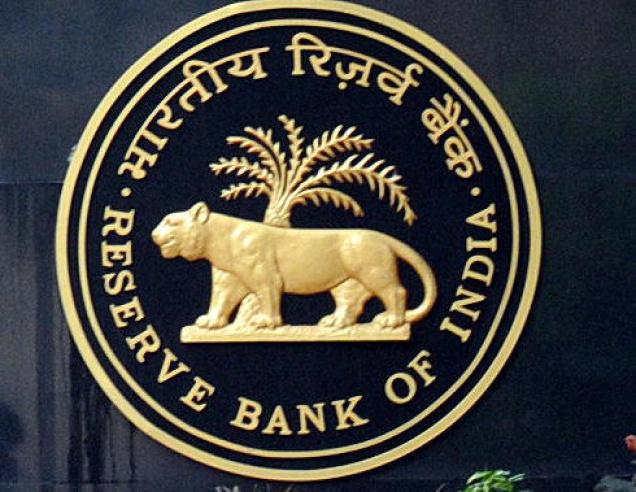
The government of India owns 21 public sector banks. We have been advocating over the years that the government doesn’t really need to own so many banks. It just adds to the economic mess.
In the aftermath of the Nirav Modi fraud, many other economists, businessmen and analysts, have been making this rather obvious point.
The finance minister Arun Jaitley ruled this out recently, when he said: “This (privatisation) involves a large political consensus. Also, that involves an amendment to the law (Banking Regulation Act). My impression is that Indian political opinion may not find favour with this idea itself. It’s a very challenging decision.”
The total bad loans of public sector banks as on September 30, 2017, were at Rs 6,89,806 crore. The bad loans rate was at 13.5% i.e. of every Rs 100 lent by public sector banks, Rs 13.5 had not been repaid by the borrowers.
The Nirav Modi fraud is pegged at $1.8 billion (or around Rs 11,400 crore). If the total Rs 11,400 crore is assumed as a bad loan, then the total bad loans of public sector banks will be a little over Rs 7,00,000 crore. Hence, the fraud is simply a drop in the ocean of bad loans of public sector banks.
This means that the problem is somewhere else. If we look at data as of March 31, 2017, the total bad loans of public sector banks were at Rs 6,19,265 crore. Of this around 69% or Rs 4,24,434 crore, was on account of lending to corporates. And this is where the problem lies.
One Nirav Modi and his companies are not the problem, it is the corporate sector as a whole which has been abusing the public sector banks in the country.
Of course, with such a huge amount of bad loans, the government has to constantly keep infusing capital into the public sector banks, in order to keep them going.
The hope is that with the government infusing money into these banks, they will gradually get back to full-fledged lending and in the process help the economy. Of course, there is nothing wrong with this hope but the economic incentive it creates for politicians, is totally different.
As Thomas Sowell writes in Basic Economics—A Common Sense Guide to the Economy: “Nothing is easier than to have good intentions but, without an understanding of how an economy works, good intentions can lead to counterproductive, or even disastrous, consequences for a whole nation. Many, if not most, economic disasters have been a result of policies intended to be beneficial—and these disasters could often have been avoided if those who originated and supported such policies had understood economics… [There is a] crucial importance of making a distinction between intentions and consequences. Economic policies need to be analysed in terms of the incentives they create, rather than the hopes that inspired them.”
Long story short—while implementing an economic policy, we need to be able to differentiate between what the policy hopes to achieve and the economic incentives it creates. It is ultimately, the economic incentives that are created which will decide how people react to the policy, making it effective or ineffective.
A major reason why politicians love the idea of owning public sector banks (or public sector enterprises for that matter), is that it allows them to bestow favours on their favourite industrialists (read crony capitalists).
In terms of public sector banks, this means forcing them to give out loans to businessmen, who either are not in a position or do not have any intention of repaying the loan. Hence, the government may be recapitalising banks with the hope of letting them operate at their full strength, but the real incentive for the politicians is somewhere else.
The only way of breaking this nexus between businessmen and politicians, is to privatise a bulk of the banking sector in India. If that is not possible due to regulatory hurdles (as Jaitley talked about), a bulk of public sector banks should not be lending to corporates. There activities should be limited to raising money as deposits and lending them out in the form of retail loans.
This “narrow banking” model is likely to work better simply because with a bulk of public sector banks not being allowed to give corporate loans, the politicians will not be in a position to direct lending towards their favourite corporates. With this taken out of the equation, public sector banks might just about manage to operate much more efficiently.
Also, with politicians having one lesser issue to deal with, they might just pay more attention to the other major problems that the country faces and get their heads together on tackling them.
The trouble is that the decision to get public sector banks out of lending to corporates, is to be made by politicians. And as we saw in the column, they do not have an incentive to do anything like that. How do you deal with a problem like that?
The column originally appeared on Equitymaster on Equitymaster on Feb 26, 2018.




